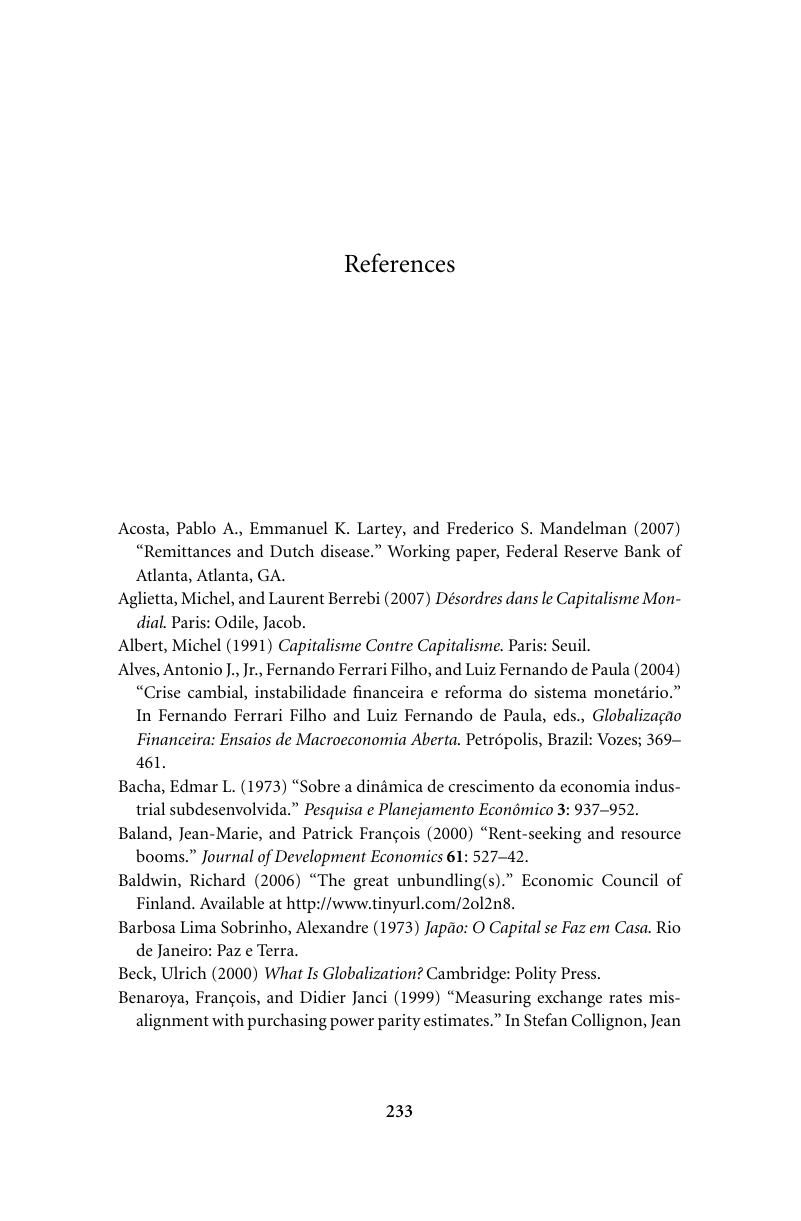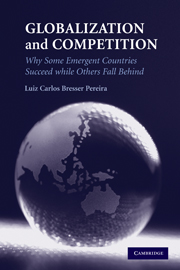References
Published online by Cambridge University Press: 04 May 2010
Summary

- Type
- Chapter
- Information
- Globalization and CompetitionWhy Some Emergent Countries Succeed while Others Fall Behind, pp. 233 - 244Publisher: Cambridge University PressPrint publication year: 2009

